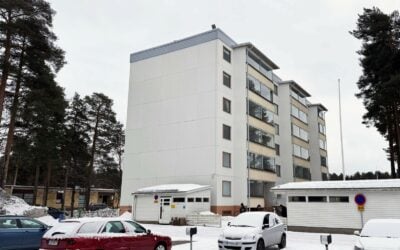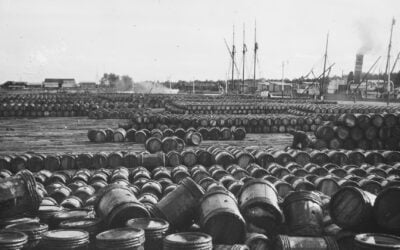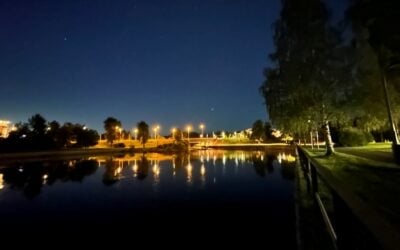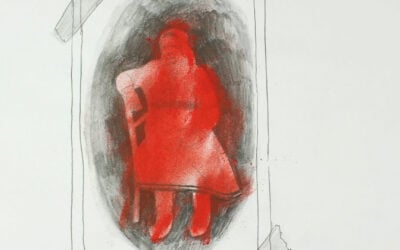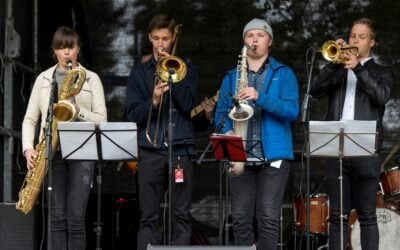
Lille was one of the two European Capitals of Culture (ECoC) in 2004, alongside the Italian city Genoa. The northern French city is located close to the Belgian border and has benefitted from its location near to the Netherlands, Germany and England, as this made it possible for Lille to become a major commercial center already in the 1300s. In the 1800s Lille became a notable area for the textile industry. However, in the 1960s the textile industry declined along with the mechanical industry, which was another major source of livelihood for the Lille metropolitan area. This resulted in an economically challenging period for the metropolitan area and for the entire Nord-Pas-de-Calais, a former administrative region of France. Thereafter, the service economy became the new focus for the region.
Lille already had a reputation as a cultural city even before the ECoC designation, as the city was known for several cultural institutions such as an opera house, the Lille National Symphonic Orchestra, the second largest fine arts museum in France and the Lille Grand Palais, which is a congress hall, an exhibitions center and a theater. In addition, Lille is renowned for its achievements in the research and education sectors, ranking in many fields at the top of the national standings. Despite its reputation in the fields of culture and education, Lille still suffered from a negative image caused by the fact that 400 000 jobs were lost in the Nord-Pas-de-Calais region between 1946 and 1986, which is a typical phenomenon that has been witnessed in several other post-industrial areas as well, such as Liverpool or Bilbao. Indeed, a major goal of the ECoC was to create more opportunities for growth, in order to increase the vitality of the region and to change its image to a more positive one.
The city’s goal was to create a large-scale urban transformation, and not just for Lille, but for the entire metropolitan area, including altogether 193 cities and towns and a section of the Belgian territory. The goal was to increase the attractiveness of the region and develop its cultural sector, and also to attract national and foreign corporations to the area in order to enhance the region’s economy. In fact, Lille’s project networking was so extensive that their ECoC can be considered to have been the “most European” that had taken place until that point. The Lille 2004 ECoC programme attracted around 9 million people to 2 500 events and featured around 17 500 cultural producers. 39% of the events had free admission, which enabled wide participation. Children and youth were also well included, with over 1 200 schools involved in the programme and over 900 events specially targeted at very young audiences.
The ECoC has had a significant impact on Lille, and a clear indicator of its immediate success was that 96% of visitors rated the culture programme a success and encouraged people to visit the city. In order to ensure the continuation of the positive development achieved by the ECoC, Lille founded the Lille 3000 association to coordinate and organize cultural seasons in Lille, with a different theme on each occasion, once every three years. The first three seasons (2006, 2009 and 2012) each received around two million visitors, which was widely considered an impressive achievement. Furthermore, as of 2015, Lille’s tourism office had increased its number of visitors by around 40% in “normal” (years without a cultural season) years, as opposed to pre-ECoC. In terms of employment, the ECoC gave a massive boost to the cultural sector, as during the years 2003-2008 jobs in the cultural field increased by 22%, and also jobs in the hospitality sector increased by 15% within the metropolis. In conclusion, Lille managed to strengthen its reputation as a cultural capital through the ECoC, as well as to change the negative image that was previously attached to it due to the unemployment crisis, which took place during the post-industrial era, as the region transformed more towards service economy. Lille is often considered one of the most successful ECoCs, together with the likes of Glasgow (1990) and Liverpool (2008), and a lot can be learned from their programme and long-term cultural strategy.
References





